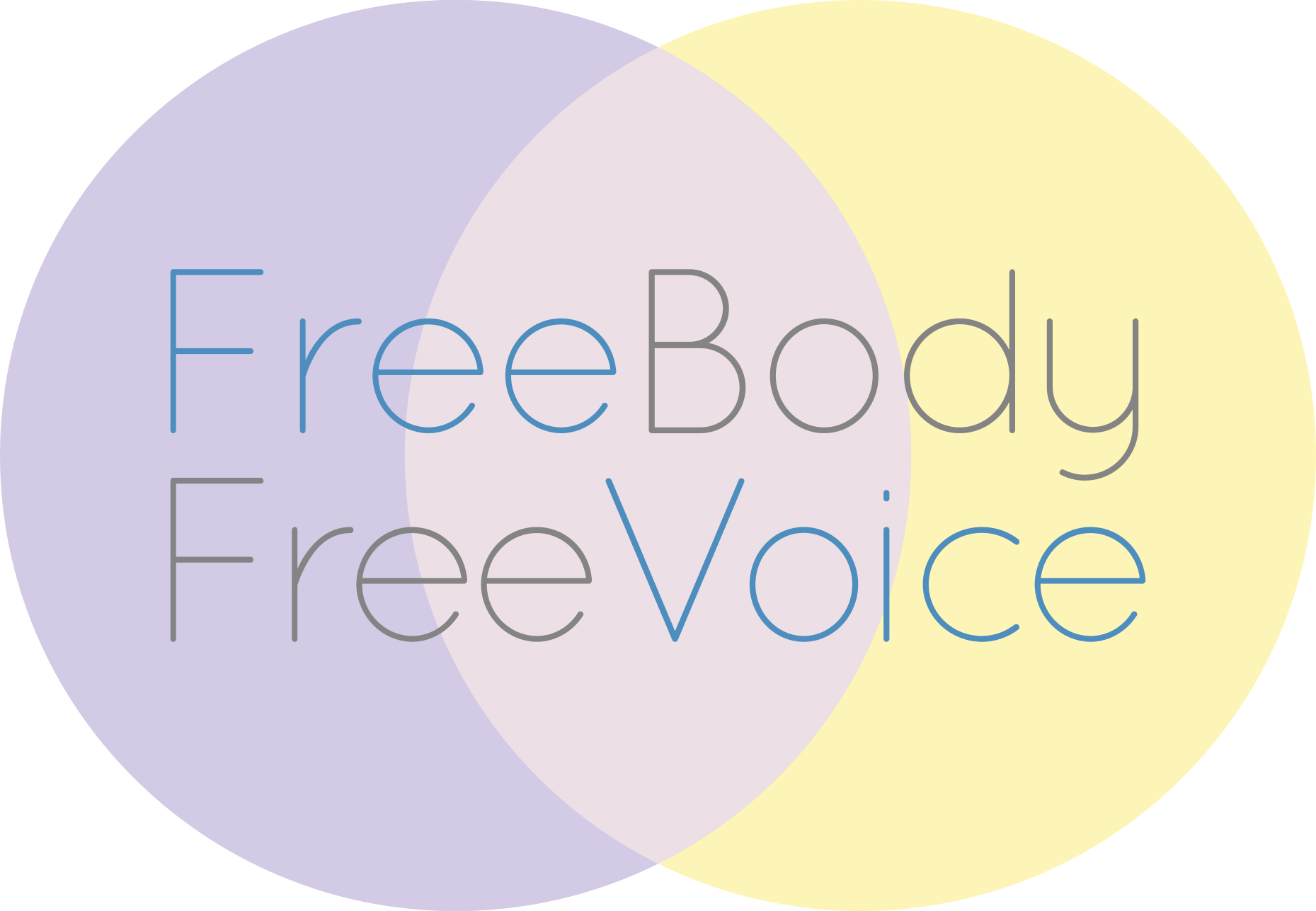Shake it up, baby—mastering vibrato
Photo by MARK ADRIANE on Unsplash
This new website is great! [This post was written when my blog was hosted by a previous service.] Today I received my first blog question from my Contact page form. Here it is, from someone named Sara:
“Hello Mr. Hanko, I've just discovered your blog through a link on the Male Pattern Boldness site [That's my partner, Peter's, blog. -Michael] and I'm delighted! I am not a "real" singer.... just an occasional hobby for me but I am fascinated by singing in general. I'd love to see an exploration of the principle of vibrato. Is it really true that some voices are "vibrato-less" or do you think that's a myth? (I may be one of them)”
Well, Sara, I think that we should start out by defining what we mean by "vibrato". I use that word to mean the shimmery, oscillating quality of a well-produced tone. It's a quality that arises spontaneously when your voice is coordinated at a high level—you don't have to "do" a vibrato. (In fact, once you have it, you have to purposefully suppress it.)
A true vibrato is even and does not change in frequency when you sing at different volumes, although the amplitude will increase along with the volume. A good vibrato is not usually heard as individual pitch changes, but rather, as a quality—a sort of shimmer to the tone.
Another vocal phenomenon that are in some ways vibrato-like are the jazz/pop vibrato (unfortunately, we don't have a separate term for this) that you have heard employed to electrifying effect by singers such as Whitney Houston, often on long notes. Often, the note is attacked dead straight and then allowed to vibrate after a bit. It's a thrilling way to add emotional emphasis to popular singing styles, but you'll probably never hear this kind of ornamentation in classical music.
An undesirable tonal oscillation is the wobble, which is similar to vibrato except that the individual oscillations are 1) wide, 2) discernible and 3) of variable frequency (uncontrollable). You have heard this effect in many amateur church choirs, particularly among elderly sopranos. A wobble comes from a poor technique—conflicting tensions set up a muscular tremor which affects the tone. You can sometimes see physical shaking of the jaw or the tongue in such cases.
A true vibrato is the sign of a highly skilled technique. If you don't have one yet, be patient. In one of the many paradoxes of teaching voice, I often help to elicit a student's vibrato by having her "push the tone straight": this helps stabilize any tendency towards wobble. On the far side of straight tone lives the vibrato. Often, a tone with vibrato sounds straight (at least at first) to the singer herself.
I don't normally work directly on eliciting someone's vibrato, knowing that it will arise on its own as the singer's technique improves. I am more likely to focus on suppressing non-healthy oscillatory patterns.
Thank you for your question, Sara. If you're ever in NYC, do come by and have a lesson—and meet the genius behind Male Pattern Boldness at the same time!

